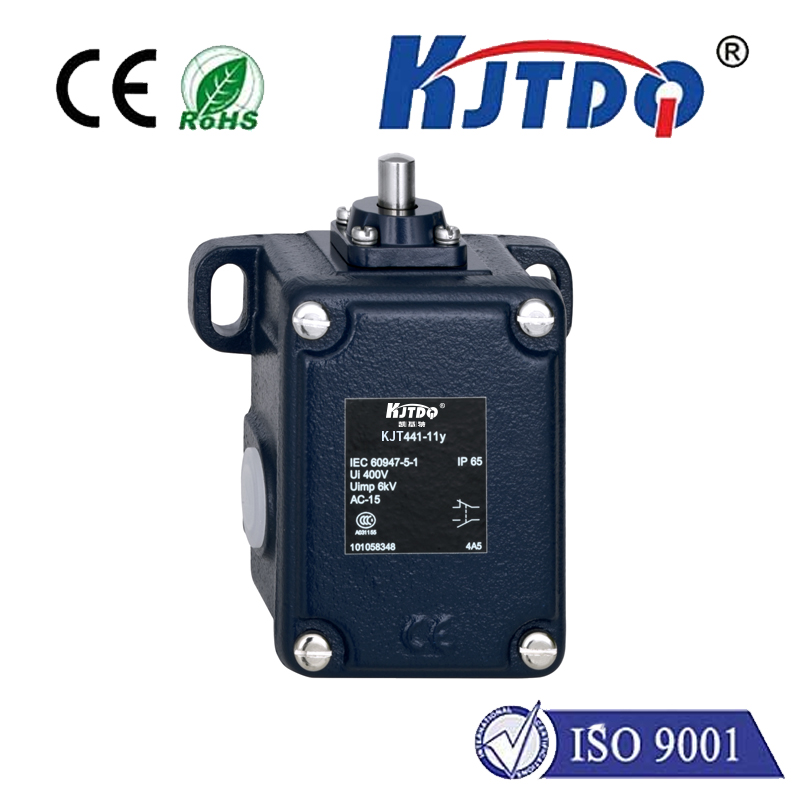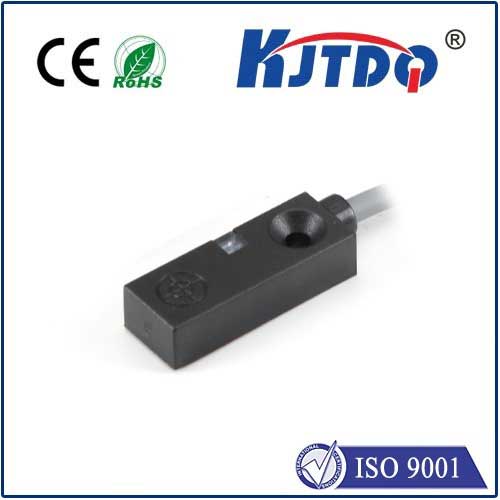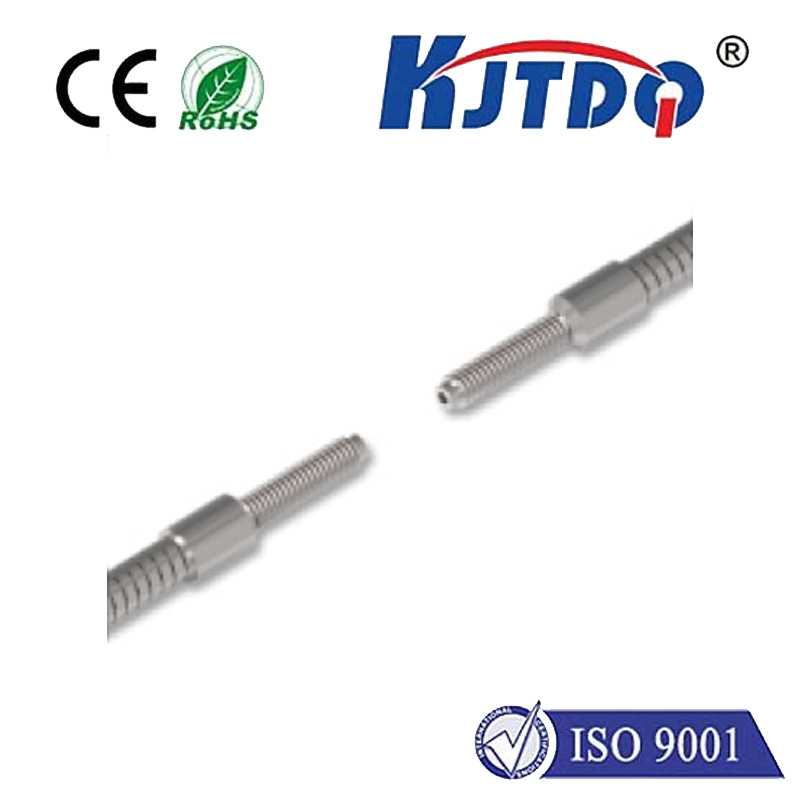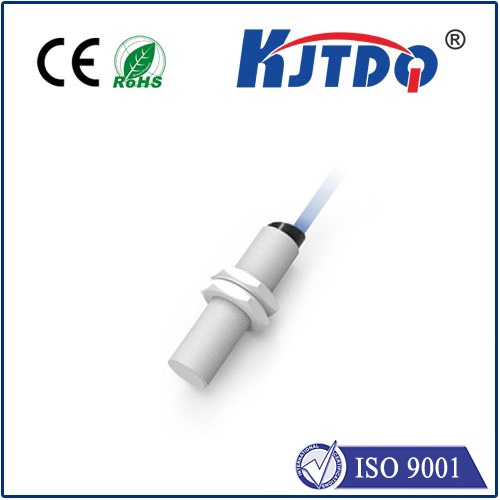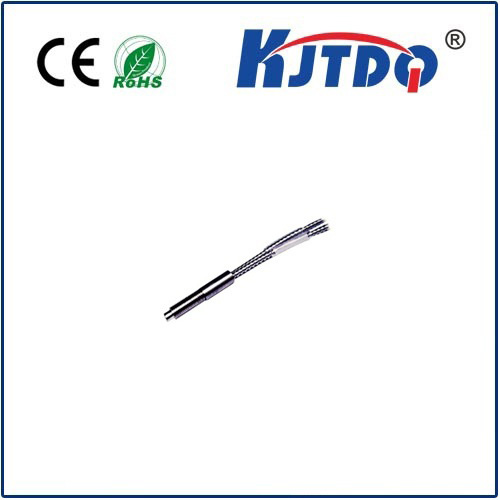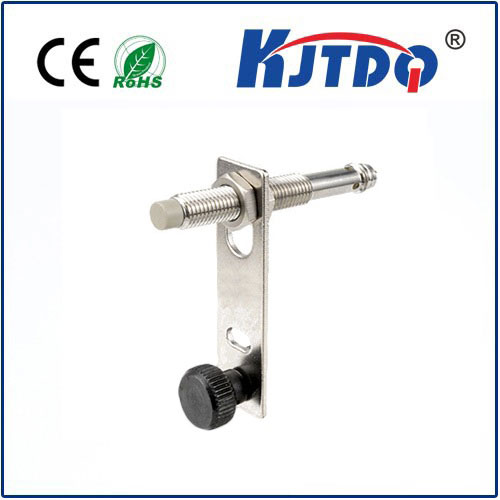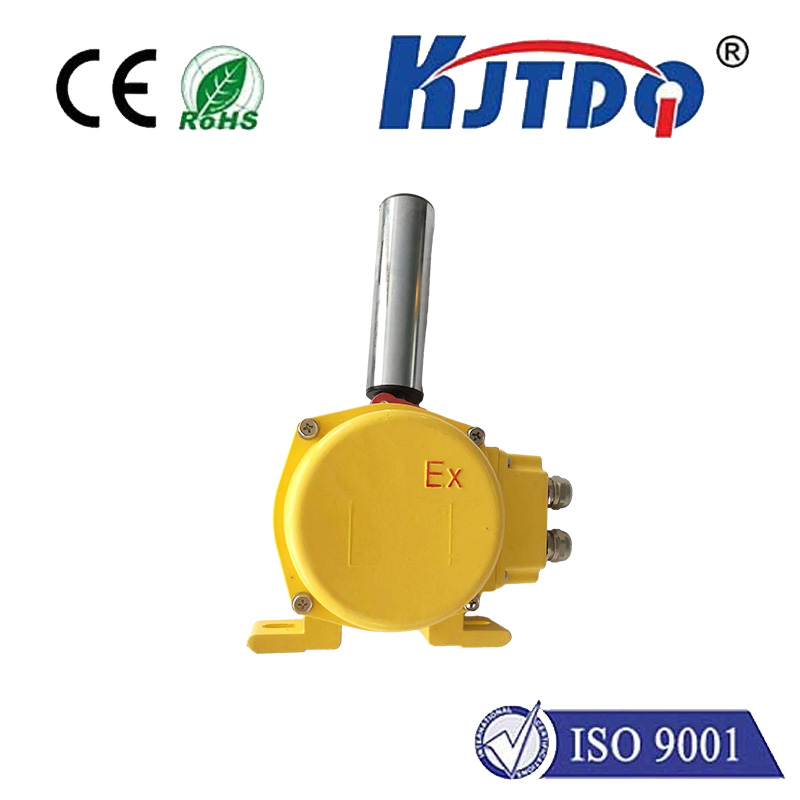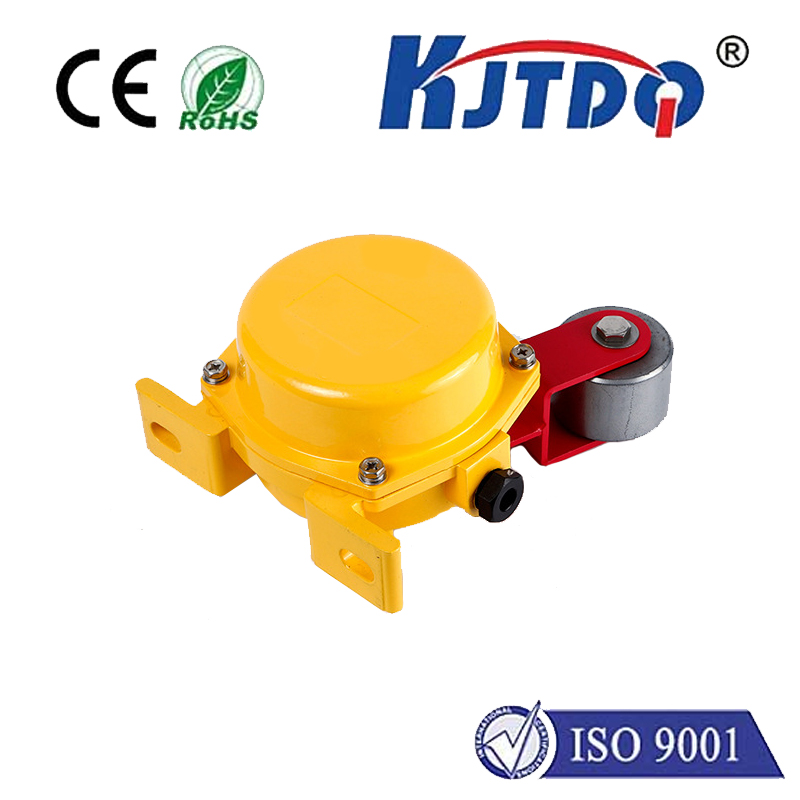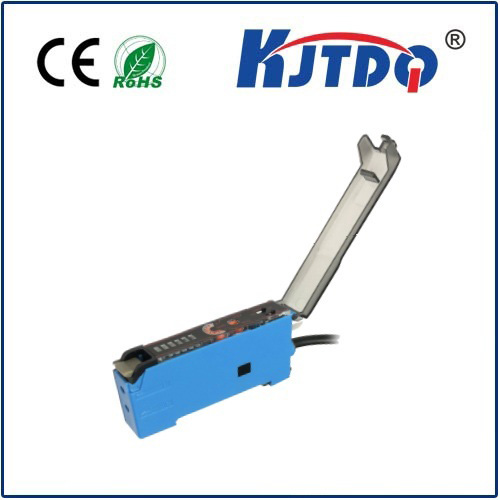
check

check

check

check
Capacitive proximity switch is a commonly used non-contact sensor, usually used to detect the approach or departure of objects. It does this by measuring changes in capacitance between an object and a sensing electrode. Here are some examples of capacitive proximity switch applications:
Object detection: Capacitive proximity switches are installed on machines or equipment to detect the arrival or departure of objects. When an object approaches the sensing electrode, the capacitance value changes, and the switch outputs a signal to trigger the corresponding operation or control.
Liquid level detection: Capacitive proximity switches can be installed in liquid containers to detect the height of the liquid level. When the liquid contacts the sensing electrode, the capacitance value changes, and the switch outputs a signal, which can be used to monitor changes in liquid level and make corresponding controls.
Automatic light control: Capacitive proximity switches can be installed near lamps to detect the presence of people in the environment. When someone approaches, the switch will output a signal to trigger the lights to turn on or off to achieve automatic control.
Mechanical device safety control: Capacitive proximity switches are installed in certain parts of the mechanical device to detect whether people are approaching dangerous areas. When someone approaches a dangerous area, the switch will output a signal to trigger an alarm or stop mechanical operation to ensure personnel safety.
Capacitive proximity switches have the advantages of non-contact, high reliability, and long life, and are widely used in fields such as industrial automation control, robotics, material handling, and safety control.

